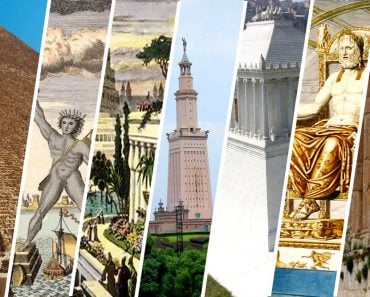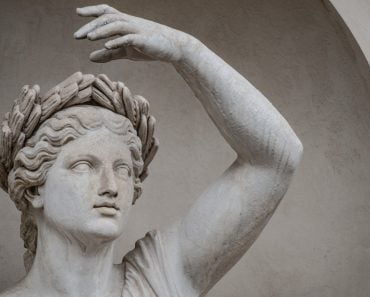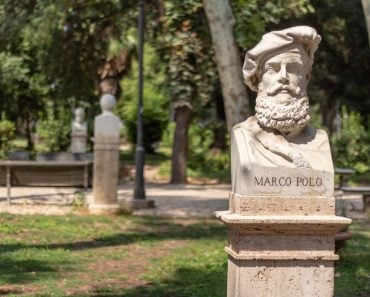Table of Contents (click to expand)
The Mona Lisa came to fame only after it was stolen and hidden from the public. When she was restored, the painting piqued significant interest and gained a steady following. It’s said to be worth more than $1 billion.
The Mona Lisa has a fascinating history. It has been subject to theft, heists, and vandalism and has gained global admiration and fame. Its rich history as a painting is only surpassed by its history as a source of genuine inspiration and curiosity.
Considered to be Leonardo da Vinci’s most significant work, it is believed that the sitter for the painting is Lisa Gherardini, the wife of a Florentine merchant.
However, some people think that the Mona Lisa is a self-portrait of Da Vinci, with feminine and masculine features. Interestingly, Mona, alternatively Madonna, is a way of addressing a woman, so the world’s most famous painting is very literally called Mrs. Lisa.
Recommended Video for you:
The Art Style Of The Mona Lisa
The painting has set trends during the Renaissance and contemporary times. The switch from the side portrait to that of the Mona Lisa, the slightly tilted three-quarter view, and the elaborate landscape in the background defined the nature of portraits in the centuries to follow.
It was also an aberration, being painted as oil on wood instead of on canvas, which was the more popular choice back then.
The mysterious woman in the painting, whose identity remains unconfirmed, immediately draws the attention of her audience. Though she is modestly dressed amidst the rich hues of Renaissance art, her realistic expression and the proportions of her face inexplicably draw people in. Da Vinci used a technique called sfumato to create a veil between the Mona Lisa and the view by using the subtle play of light and shadow without leaving behind any tangible strokes.
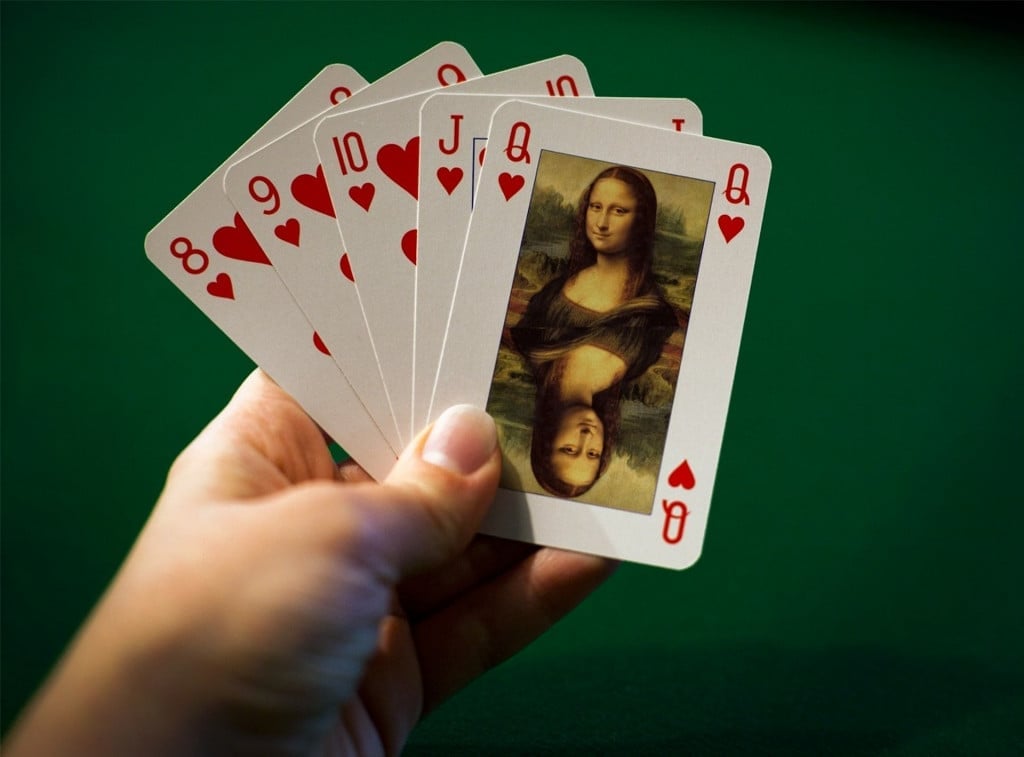
The Mona Lisa Effect
The Mona Lisa effect is a phenomenon where observers feel as though the eyes of the Madonna are following them as they move. Da Vinci employed this optical illusion in his painting.
Although the right-leaning gaze of the Mona Lisa somewhat minimizes the phenomenon, it has often been identified with the painting. The eyes are the center of the observers’ attention, but the haunting mouth stays in the periphery, creating the impression of an unfathomable expression.
This adds to the overall disorientation caused by the range of emotions elicited by Mona Lisa’s knowing smile. Her smile invokes happiness, sadness, mystery, tragedy, curiosity, and comfort. At times, it seems to be there but disappears in the next moment.
The Making Of A Legend
Although the artistic genius of the Mona Lisa is not denied, she gained fame only later in life. Until the French Revolution, she was cordoned off in the royal collection of the French monarchs. The painting had found its way there by chance, as Da Vinci had spent some time at the end of his life in the court of Francis I.
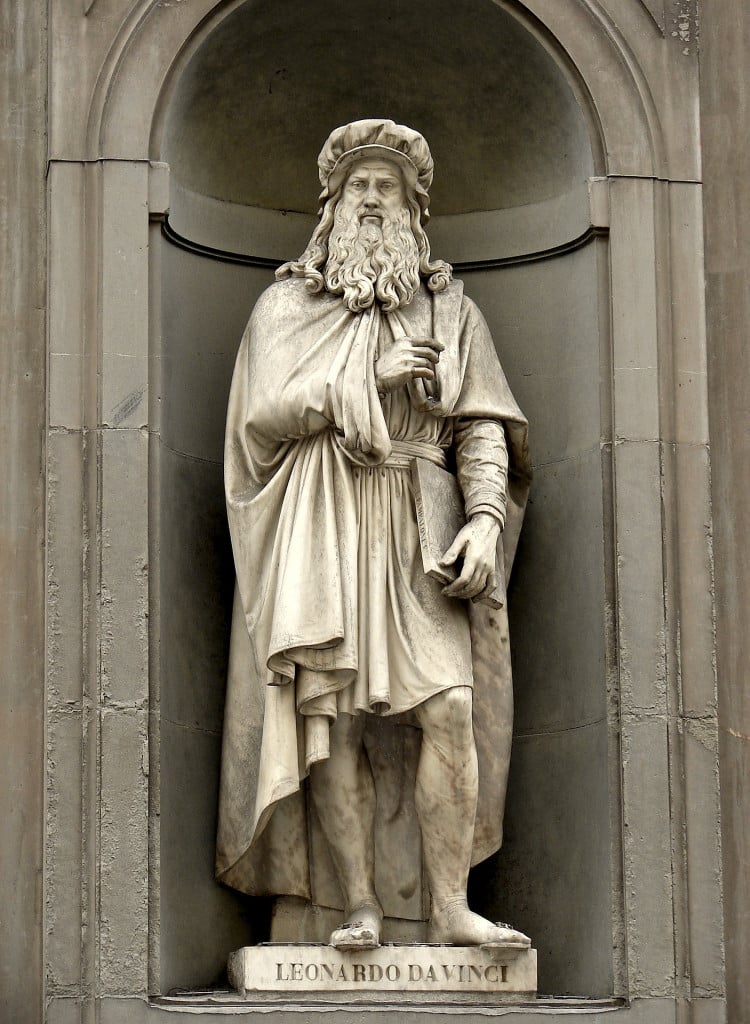
In the 19th century, the Mona Lisa was installed in the Louvre and began to gain fame, partly due to Leonardo Da Vinci’s growing reputation in scientific and artistic circles. Despite Da Vinci having completed only 20 canvas paintings, the Mona Lisa is considered the epitome of his work.
In 1911, the painting was stolen by an Italian carpenter, Vincenzo Peruggia, whom the Louvre employed at the time. This event resulted in the resignation of the Louvre’s Director of Paintings, and public figures such as Pablo Picasso were even arrested under suspicion of involvement in the theft.
Tourists came to the Louvre to see the empty space where the Mona Lisa had been displayed, but when it was returned two years later, people flocked to see the painting that had caused such an uproar.
How Much Is The Mona Lisa Worth?
In 1962, the Mona Lisa was insured for $100 million (which won it the Guinness World Record for the most expensive art insurance). When translated into the current currency value, taking in the inflation over the decades, the painting’s value would roughly be calculated at around $900 million in 2021. Given that the Mona Lisa is public property, if France ever needed to, it could keep its economy afloat by selling it—a joke made by the national media that is unironically true.
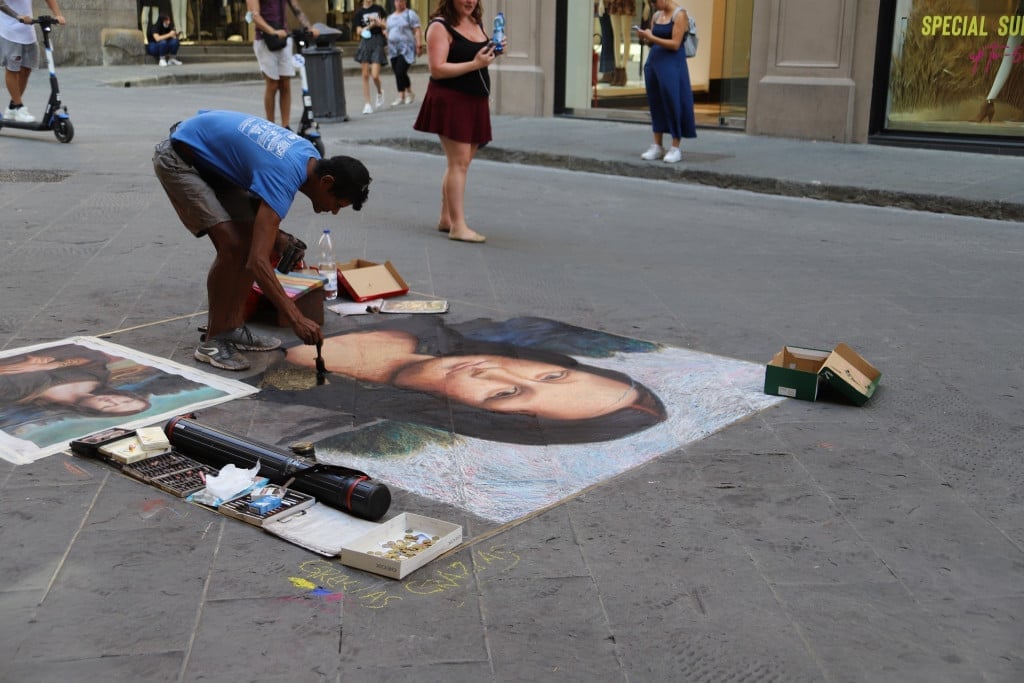
Conclusion
The Mona Lisa’s simplicity amidst the extravagance of other Classical and Renaissance art may be the reason for its enduring relevance. The painting is kept behind a bulletproof glass shield, and its insurance value of around $1.1 billion justifies the high level of security.
The Mona Lisa has inspired many art forms, including parodies and imitations in paper and film. Interestingly, there is another version of the painting painted by Leonardo himself and another three attributed to his students, which can be found in the Prado Museum.
Despite the countless academic and artistic analyses and the throngs of tourists who flock to see it, a certain mystique sets the Mona Lisa apart from the audience, increasing her allure and cementing her place in our memories and collective consciousness.
Last Updated By: Ashish Tiwari




